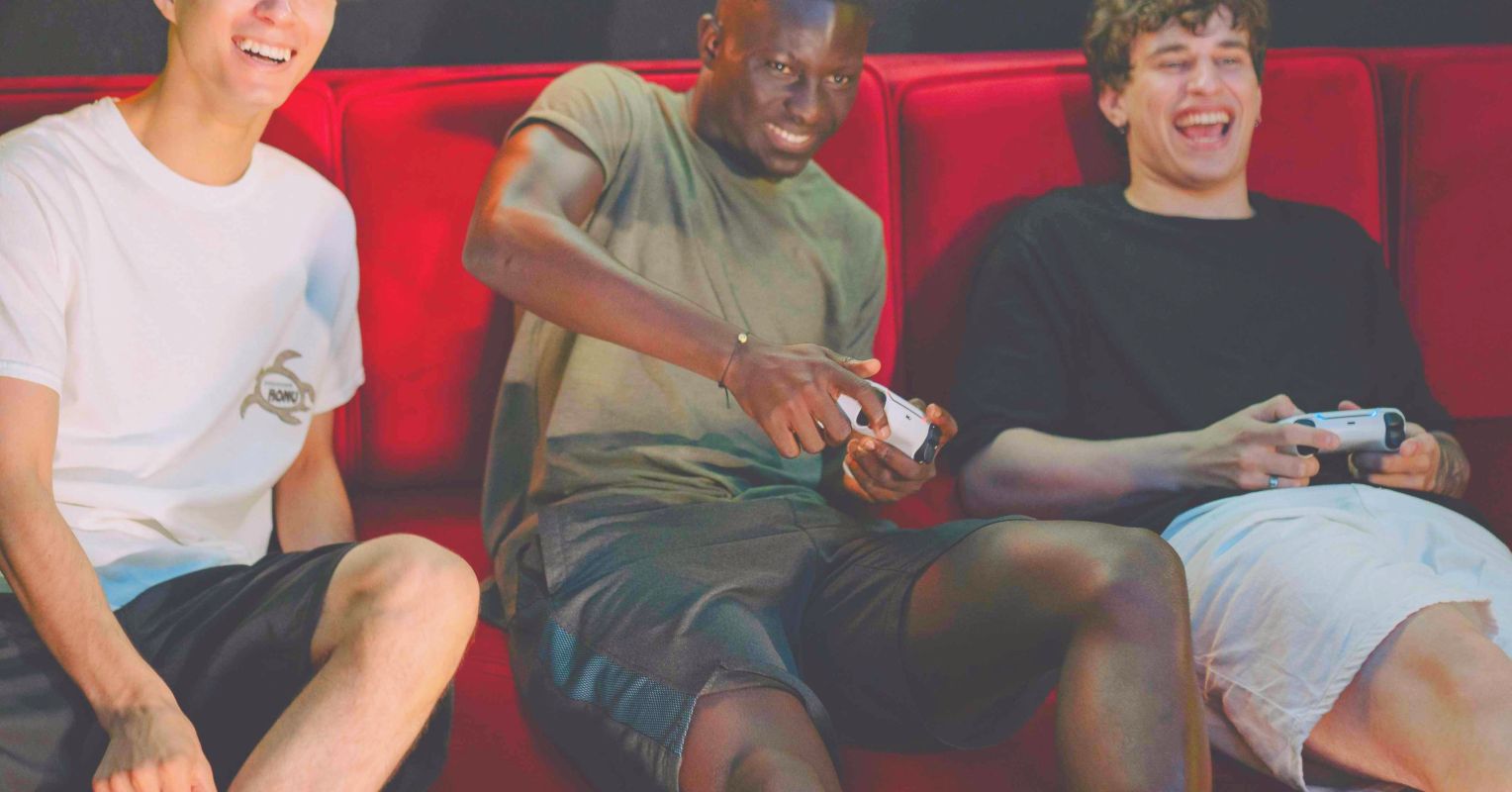
In my previous post, I had the pleasure of introducing you to Dr. Jennalee Donian, the co-author, with me, of the book Understanding Laughter and Humor: Why We Laugh, Why We Don’t, and Why It Matters. In it, we discuss the Mutual Vulnerability Theory of Laughter (MVT), the comprehensive conceptual model I’ve written about multiple times on this page.
I’d like to share below two videos that illustrate why it is the perception of vulnerability (or assets) that matters most, not necessarily the reality. Take a quick look at these YouTube Shorts and come back for the analysis:
In both examples, there is no “real world” vulnerability highlighted. They are only alluded to by the actions of the videographer (in the first) or circumstances of the subject (in the second). Those familiar with the video game Frogger (even if, like me, only through the “Seinfeld” episode of the same name) will immediately understand the creative genius behind the first example. For someone to physically dodge cars on a busy highway, as in the video game, would be suicidal. It would represent a serious cognitive deficiency and likely generate nothing in the way of laughter, except perhaps from a psychopath. Attempting the same feat with one’s shadow, on the other hand, presents the viewer with the concepts of stupidity and physical danger without there being even the slightest possibility of harm. Indeed, this clever form of play showcases the creator’s cognitive assets in a way that might solicit the viewer’s self-lifting laughter well before the shadow’s “collision” with the car helped foster lifting laughter (as artificial as the video’s laugh response was, someone found it amusing enough to post).
In the second short, we have a wife taking video of her husband as he stands in what appears to be a hotel pool at night. He has not in any way been drastically reduced in height or transitioned from a one-skin-toned to a distinctly two-skin-toned human being. He is, however, at a place and time where that certainly appears to be the case. Those qualities, even if real, would not necessarily make him unattractive, but we can make a good guess that they are not what his wife would have preferred in a partner. Regardless, her lifting laughter is likely a response to the effects of the optical illusions produced by the water’s refractive and reflective qualities, along with the pool lights shining below its surface but not above.
Much of what inspires us to laugh reflects actual shifts in our status or that of others. We slip, we fall, we drop things, we forget, we get embarrassed, we get caught in a lie, and we see others doing the same. Sometimes, however, there is only the perception of such a shift. An amusement park might have a funhouse mirror that makes our head look like it’s three feet wide. We use helium to make our voice sound like we’re a 3-year-old. Perhaps a friend tells a completely made-up story that makes us seem much less intelligent than is really the case. Or, simply to get a laugh, someone uses artificial intelligence to obviously fabricate a photo that, if real, would give others a very low opinion of us.
Whatever it might be, it wouldn’t represent a true picture of our appearance, our abilities, or our overall status. Humor, including many comedy television programs and movies, regularly paints a picture of characters that, while not technically accurate, certainly gives the audience a sense that they are less (and sometimes more) than what we know to be true. The reason is clear. Feelings of amusement are formed from perceived status shifts, be they real, counterfeit, or completely imaginary.
© John Charles Simon
